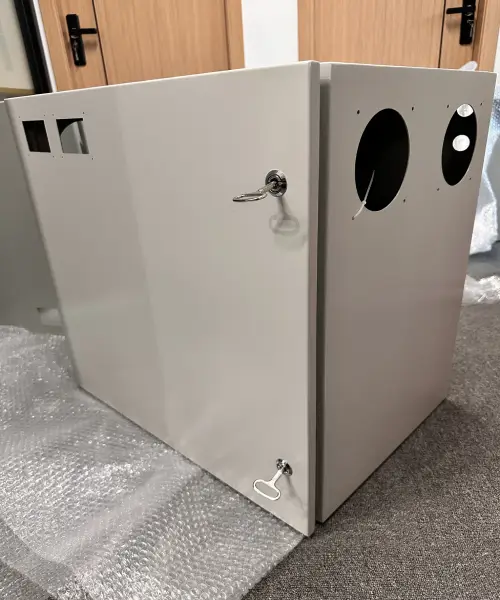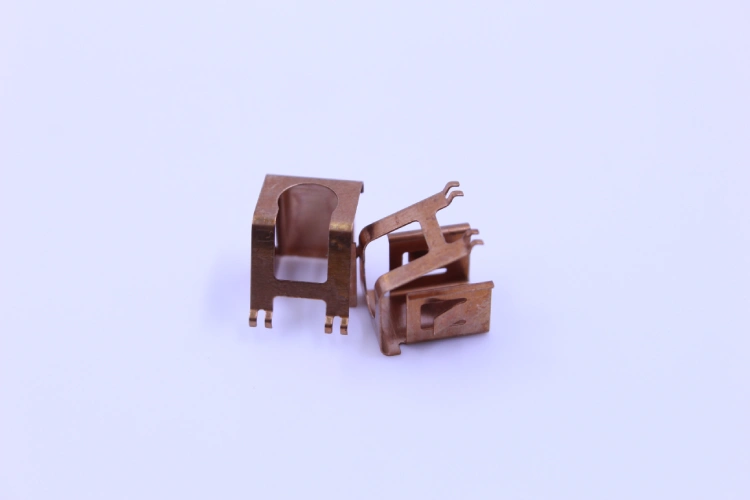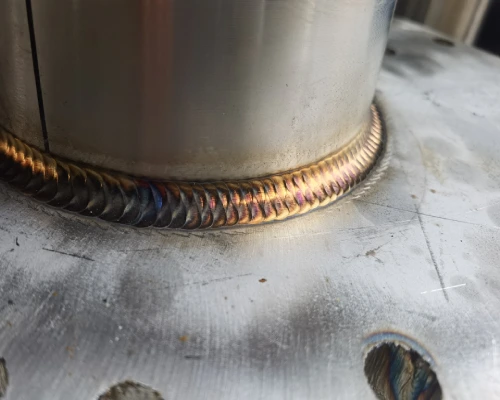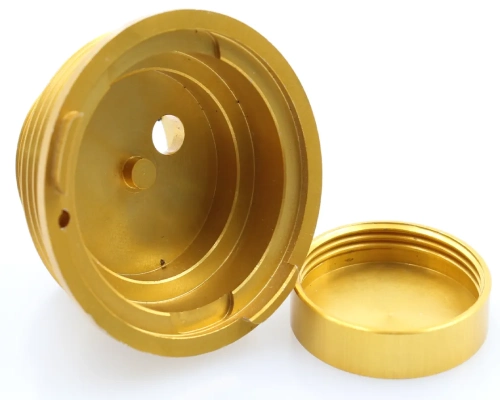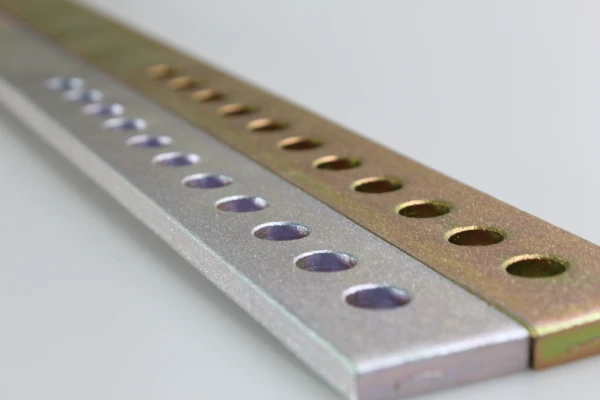With the development of electronic equipment to high-precision, highly integrated, EMI and RFI shielding for many electronic equipment and electronic components to provide an important electromagnetic and radio frequency interference protection. Especially important in communication, medical, aerospace and other fields, without proper shielding, electronic devices may malfunction, degrade performance, or even fail completely.
The article will detail how to achieve excellent EMI/RFI shielding in custom metal fabrication. First, it will clarify the definition of EMI shielding and RFI shielding, and then it will discuss the right choice of metal materials and the key factors to consider, which will help you choose the right metal shielding materials.
Finally, a detailed look at the custom metal fabrication process and why you can trust Supro for your custom metal fabrication needs.
What is EMI/RFI Shielding?
EMI/RFI shielding is a technical means of preventing or weakening EMI (Electromagnetic Interference) and RFI (Radio Frequency Interference) by means of a physical barrier or material technology. Its core objective is to protect electronic equipment from external electromagnetic influences, while preventing the interference generated by the equipment itself from leaking into the external environment and ensuring the EMC (electromagnetic compatibility) of the electronic equipment.
In custom metal fabrication to realize EMI/RFI shielding, the core is through the conductivity or permeability of metal materials to block or absorb electromagnetic radiation, and combined with scientific structural design, process control and auxiliary measures to ensure the integrity and effectiveness of the shielding body.
EMI (electromagnetic interference) shielding
EMI refers to all electronic equipment, power systems or natural phenomena produced by unintended electromagnetic signals, can be transmitted through the air radiation or conductor conduction propagation, manifested as noise, signal attenuation, etc., easy to lead to data damage, equipment performance degradation and even system failure.
EMI shielding is through the metal materials and structural design to form a protective barrier (Faraday cage), with the help of reflection, absorption, conduction triple mechanism to weaken the electromagnetic interference.
In custom metal fabrication can be used in highly conductive metals (such as copper, aluminum) to reflect electromagnetic waves or the use of magnetic materials (such as ferrite), the use of electromagnetic energy will be absorbed by electromagnetic interference and transformed into heat emitted.
RFI (radio frequency interference) shielding
RFI is a special part of EMI and refers to electromagnetic interference in the high frequency range (3 kHz to 300 GHz). It mainly originates from radio signals, TV signals, Bluetooth and cellular network signals, etc..
RF interference shielding is a shielding measure specifically designed to protect wireless communication, data transmission and reception systems from these high-frequency interferences.
Since RF signals have shorter wavelengths and are more penetrating, they are more likely to leak through tiny gaps or holes, so to obtain good RFI shielding, the continuity and integrity of the shielding body in custom metal fab requires a very high degree of continuity and integrity, and any non-essential openings, seams, or cable entrances may become a channel for RFI to invade or escape.
Common Application Scenarios
Telecommunications: telecom base stations, antennas, network infrastructure, cell phones, etc.
Consumer electronics: cell phones, TVs, laptops, game consoles and home appliances, etc.
Healthcare: MRI machines, CT machines, pacemakers, and other monitoring equipment, etc.
Aerospace: electronic systems on airplanes, satellites, radar systems, etc.
Automotive: engine control units, navigation systems, infotainment systems, and sensors.
Rapid Prototype Turnaround
Committed to exceeding expectations for quality and rapid turnaround, and meeting high-quality sheet metal parts.
On-Demand Sheet Metal
Whether it is rapid prototyping & large-volume manufacturing, we will implement it according to customer needs and standards.
Real Fabricators Price
Integrate product design, bending, stamping, cutting, surface treatment, etc. to provide a series of manufacturing solutions.
EMI / RFI shielding metal material selection
Good EMI / RFI shielding effect depends mainly on the conductivity of metal materials, magnetic conductivity and custom metal fabrication process in the structural design and technology.
Metallic materials | Conductivity | permeability | Corrosion resistance | Workability | Shielding effect | cost |
Copper | Excellent | Difference | Good | Good | Excellent, excellent shielding effect for high frequency | High |
Aluminum | Good | Poor | Good | Excellent | Excellent, excellent shielding effect for RFI | Medium |
Galvanized steel | Medium | Excellent | Good | Good | Suitable for low frequency magnetic field | Low |
Stainless Steel | Poor | Poor | Good | Medium | Poor | High |
Nickel Silver | Good | Poor | Good | Good | Excellent, commonly used for precision shielding components. | High |
Key Considerations
When selecting EMI/RFI shielding materials during custom metal fabrication, it is important not to focus only on the inherent properties of the material, but also to incorporate specific application scenarios:
- Frequency range: galvanized steel is ideal for low-frequency magnetic shielding, while copper and aluminum are more suitable for high-frequency shielding.
- Environmental corrosion: Galvanized steel and stainless steel have better long-term corrosion resistance than copper in corrosive environments. Therefore galvanized steel or stainless steel may be preferred in custom metal fabrication processes.
- Mechanical constraints: Aluminum is the preferred choice for consumer electronics, aerospace and portable equipment, while steel (including galvanized steel and stainless steel) offers higher structural strength and wear resistance, and is more suitable for industrial cabinets, heavy equipment.
- Cost: Material selection can be influenced by volume and budget. Copper and nickel-silver offer excellent shielding performance but are more costly.
Choosing the best material at the design stage can effectively reduce the difficulty and total life cycle cost of custom metal fabrication, while ensuring compliance with EMI/RFI shielding requirements.
No design files? Let Supro MFG do it for you.
We often come across clients who have no professional design drawings and documentation, only a creative idea, which leads to the project being at a standstill.
If you are in this situation, then contact our team of experts.
Supro MFG, as an industry-leading custom metal fabricator, has an ever-experienced team of engineers who utilize their extensive fabrication experience and technical expertise to build your idea into a real product and create design files such as STEP/STP/SLDPRT/DXF/PDF/PRT/DWG/AI.
That’s what makes SUPRO MFG so great, and 2,000 corporate, entrepreneurial, artist, and other purchasers from around the world enjoy working with us and benefiting from our one-stop manufacturing services.
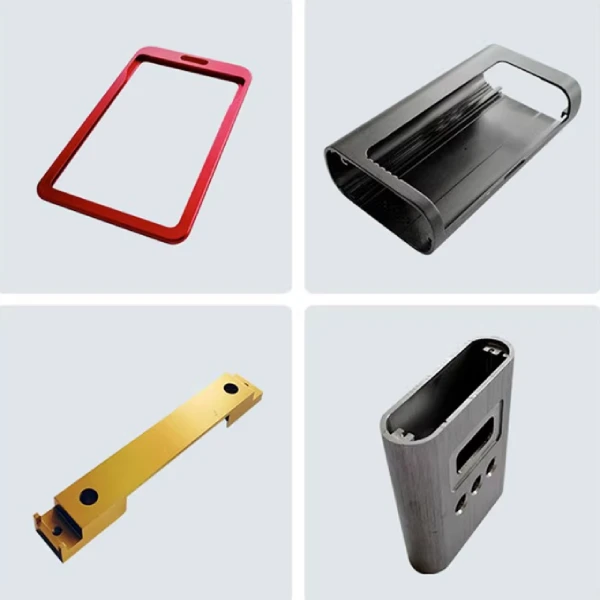
Custom metal fabrication process selection
To achieve effective EMI/RFI shielding in custom metal fab, not only need to choose the right metal material, the right process selection is also very important. custom metal fabrication process directly affects the integrity of the shielding body, through process control to reduce the hidden vulnerability.
Sheet metal fabrication process
This is the most commonly used process in custom metal fabrication, by cutting, bending, welding sheet metal molding. It is cost-effective, flexible in design, and has a short lead time. However, seams are produced during bending and assembly, reducing the shielding effect.
Commonly used seam processing methods are:
- Seam design: In the structural design process, minimize the number and length of seams. Priority is given to the use of continuous welding (such as argon arc welding, laser welding) instead of spot welding to form a seamless conductive path.
- Seam treatment: For panels that need to be removed, electromagnetic shielding pads (e.g., metal finger springs, wire mesh pads) must be used, and precise compression and mounting slots must be designed.
Metal Die Casting
Will be molten metal (such as aluminum alloy, zinc alloy) high pressure injection mold forming custom metal fabrication process. It can produce complex, integrated shielding structures that can greatly reduce the number of seams and enhance the integrity of the shielding structure.
However, the mold cost of metal die casting process is high, suitable for high-volume custom metal fab production. It is mainly applicable to large-scale custom metal fab scenarios with extremely high requirements for shielding, such as high-end routers, base station antennas, medical imaging equipment shells, etc.
CNC Machining
A custom metal fabrication process that uses CNC machine tools to cut and mold from a solid metal block. It is highly accurate and can produce shielded parts with no seams at all, but material waste is serious and production efficiency is low.
It is mainly applicable to small, high-value custom metal fab, such as localized shielding on PCB boards and precision components for aerospace.
3D printing technology
3D printing is a custom metal fabrication technology that builds three-dimensional entities by stacking materials layer by layer. Its core principle is "layered manufacturing, layer by layer superposition", through the digital model file (such as CAD model) will be metal powder, wire and other raw materials layer by layer accurate stacking, direct manufacturing of three-dimensional entity custom metal works.
3D printing custom metal fabrication technology does not require molds, can be molded in one piece, suitable for small batch, shaped shielding parts production. However, its initial cost and equipment costs are high, the production speed is slow, not suitable for mass production and relatively high technical threshold.
custom aluminum fabrication services
Supro MFG possesses extensive manufacturing experience and specialized technical expertise in custom aluminum fabrication, enabling the rapid implementation of various precision manufacturing processes or combinations thereof to achieve batch production and rapid prototyping of customized aluminum products.
aluminum laser cutting
aluminum sheet metal
aluminum extrusion
aluminum welding
Surface treatment
aluminum bending
aluminum CNC machining
aluminum stamping
Supro's EMI/RFI Shielding Capabilities
Unlike other custom metal fabricators inc, Supro Manufacturing Co., Ltd. has more than 20 years of experience in designing and manufacturing high-precision EMI/RFI shields. We have excellent custom sheet metal fabrication capabilities, including custom metal laser cutting, molding and hardware insertion commonly used in this type of work. Whether you need a multi-cavity, surface mount, snap-in, or one-piece shielding structure, we offer a wide variety of metal options (including copper, aluminum, steel, and zinc-plated steel) to suppress electromagnetic and radio frequency interference.
We can provide you with custom metal fabrication services for any finish and plating options you choose. Whether you choose color anodizing, powder coating, engraving, or another custom finish, we will work closely with you to maximize the performance and EMI/RFI shielding of your parts.
Finally, we can work with you not only for rapid prototyping, but also for high-volume production. Our custom metal fabrication shop is at your service for all your EMI/RFI shielding needs.
FAQ
Why is EMI/RFI shielding important for electronic equipment?
EMI/RFI shielding prevents degradation, malfunction or complete failure of electronic equipment due to electromagnetic interference. By reflecting and absorbing electromagnetic and radio frequency waves, it ensures the integrity, stability and safety of electronic equipment.
How to choose metal materials for high frequency and low frequency interference scenarios?
For high frequency, give priority to highly conductive materials (e.g. copper, aluminum, copper alloy); for low frequency, give priority to highly conductive materials (e.g. silicon steel); for mixed interference, use multi-layer composite structure (e.g. outer layer of aluminum + inner layer of steel).
What are some common applications of RFI shielding?
RFI shielding is commonly used in wireless communication equipment and systems, broadcasting equipment, industrial automation, and more. It protects the signal quality of cellular networks, routers, RFID systems and other devices.



